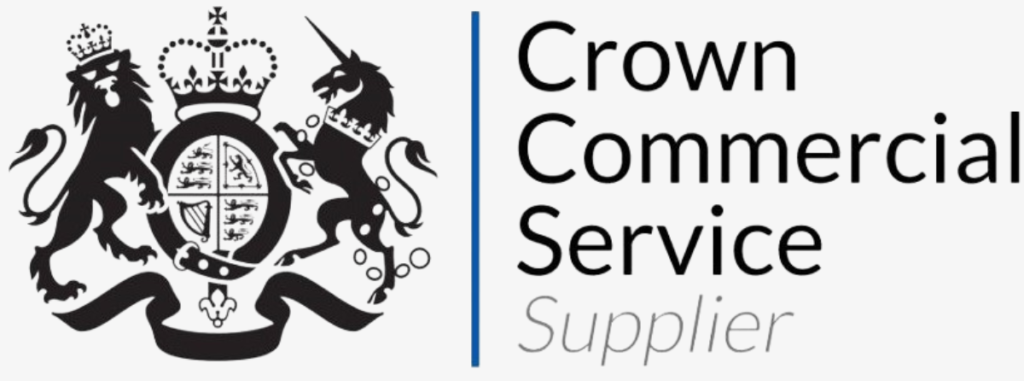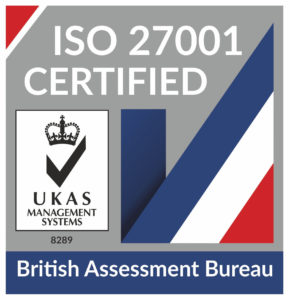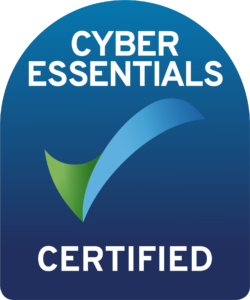
HaloITSM Guides
Documentation to assist with the setup and configuration of the HaloITSM platform
Quotations
Quotations in Halo
Quotations are the start of sales processing in Halo and allow you to quickly create, preview and send clear and highly customisable PDF quotation documents.
To use quotations, make sure you have the sales module enabled in the configuration menu by clicking the + symbol to the top-right of the button.
Then, within the sales features, make sure you have the quotation module enabled.
Click on the module button itself to access the quotation settings. Here you will find options for:
- Item Code for Miscellaneous Items for Quotations and Sales Orders. This drop down allows you to select which item record you will use when adding ad-hoc lines to quotes and orders. If you do not have a suitable ‘misc.’ item already then it would be a good idea to add one to your item list and select it here. See our item guide for more information on adding and configuring items.
- Default Quote markup (%). When adding an item to a quote Halo automatically calculates the sales price (if it is not specifically set) using this mark up. Note that this markup can also be overridden at item level.
- Default Quote expiry days. All quotes have their own expiry date that can be set manually or automatically based on the date the quote is first generated plus the number of default quote expiry days.
- Method for calculating VAT. There are two options for calculating the VAT. In most cases ‘Calculate VAT per Item, round to 2dp and then sum’ should be used.
- Group options:
- Included grouped items quantity by default (Quotes and Sales Orders)
- Included grouped items price by default (Quotes and Sales Orders)
- Included group quantity and price by default (Quotes and Sales Orders)
These options can all be set at individual quote level but will use these as default selections.
- Ticket options:
- Ticket Status after Quote Accepted
- Ticket Status after Quote Rejected
These allow you to set the status of a ticket based on the quote acceptance or rejection from the end user, for quote approval processes carried out on tickets that are linked to the quotation.
- Default PDF Template for Quotations. See our PDF template guide for more information on setting up templates.
Generating a Quotation
With the appropriate modules enabled you should now see the Quotes & Orders option in the left had area list.
Going into here, you will find the Quotations type on the left, where you will be able to see a full list all generated quotations you have created. To add a new quotation, click New in the top-right.
Input a title for the quotation (this will show in the quotation list as well as the PDF) and select the end-user for the quotation on the right-hand column (or below if you are using a smaller screen). The ‘Reference’ field can be completed if you want to give the quote a custom reference, otherwise, leaving it blank will generate a new unique reference.
If you have a relevant ticket that you want the quotation to link to, then also populate the Ticket ID field with that ticket number. This will give you a quick link to the ticket and enable other functions like adding an action to the ticket when you send the quote.
The rest of the fields are optional and take their default values from the setup mentioned above.
To add items to the quotation there are three buttons:
‘Add Item’ is used to add pre-configured items to quotation. These are configured in the ‘Items’ area. Item set up is outside the scope of this guide, but further information can be found via our Main Guides page.
After hitting the Add Item button, just input the quantities of the preconfigured items you wish to add to the quote and click Select. For every separate item you add, you will see another Add Item confirmation screen that gives you the opportunity to customise how the item looks on the quote including changing the description, grouping, price, and notes. Only the description, quantity, cost, and price are required. The markup field is only used to help calculate the price, but the discount field will show on the quotation.
Adding an Ad-hoc Item just takes you straight to the confirmation screen mentioned above (it automatically uses the item you selected in the quotation settings [Item Code for Miscellaneous Items for Quotations and Sales Orders]).
Adding a group and a title line to the quotation, which you can place other items under. To move an item to a group, click the pencil icon on the line item and select the group you just created from the Group drop-down.
Sending the Quotation
Once you are happy with the quotation, you can send preview it using the ‘Preview Print’ button and quickly see how it will look as a PDF document. You can then either use the ‘Generate PDF’ button to download a PDF version to send using your email client or hit ‘Send’ to despatch it directly to the end-user. If the quotation is linked to a ticket, then it will also add an email action to the ticket so that you have a record of sending the quotation.
If the quote is then accepted, you can very easily generate a Sales Order using the ‘Create Sales Order’ button:
Editing the Quotation template
You can edit the PDF template for Quotations or create multiple templates by going to Configuration > Reports > PDF Templates and selecting "Quotations" in the drop down menu.
Pages can be setup here to display different data from the Quotation or data from the Opportunity taken from custom fields.
The Pages are HTML Documents that can each have seperate HTML/CSS elements to customise the look and feel of each page.
Popular Guides
- Asset Import - CSV/XLS/Spreadsheet Method
- Call Management in Halo
- Creating a New Application for API Connections
- Creating Agents and Editing Agent Details
- Departments and Teams
- Halo Integrator
- Importing Data
- Multiple New Portals with different branding for one customer [Hosted]
- NHServer Deprecation User Guide
- Organisation Basics
- Organising Teams of Agents
- Step-by-Step Configuration Walk Through









